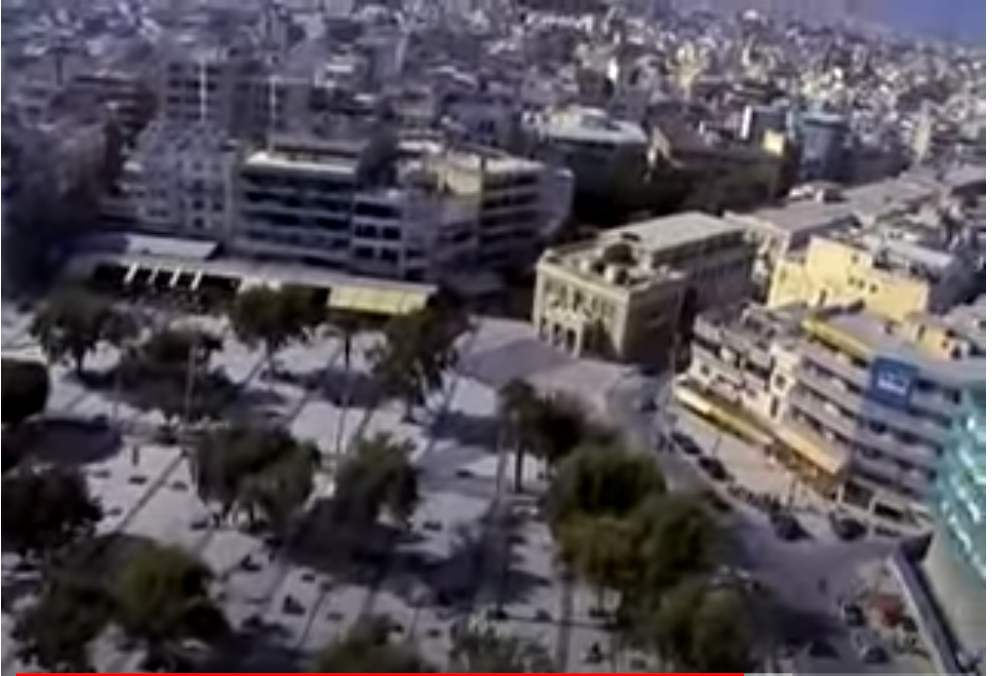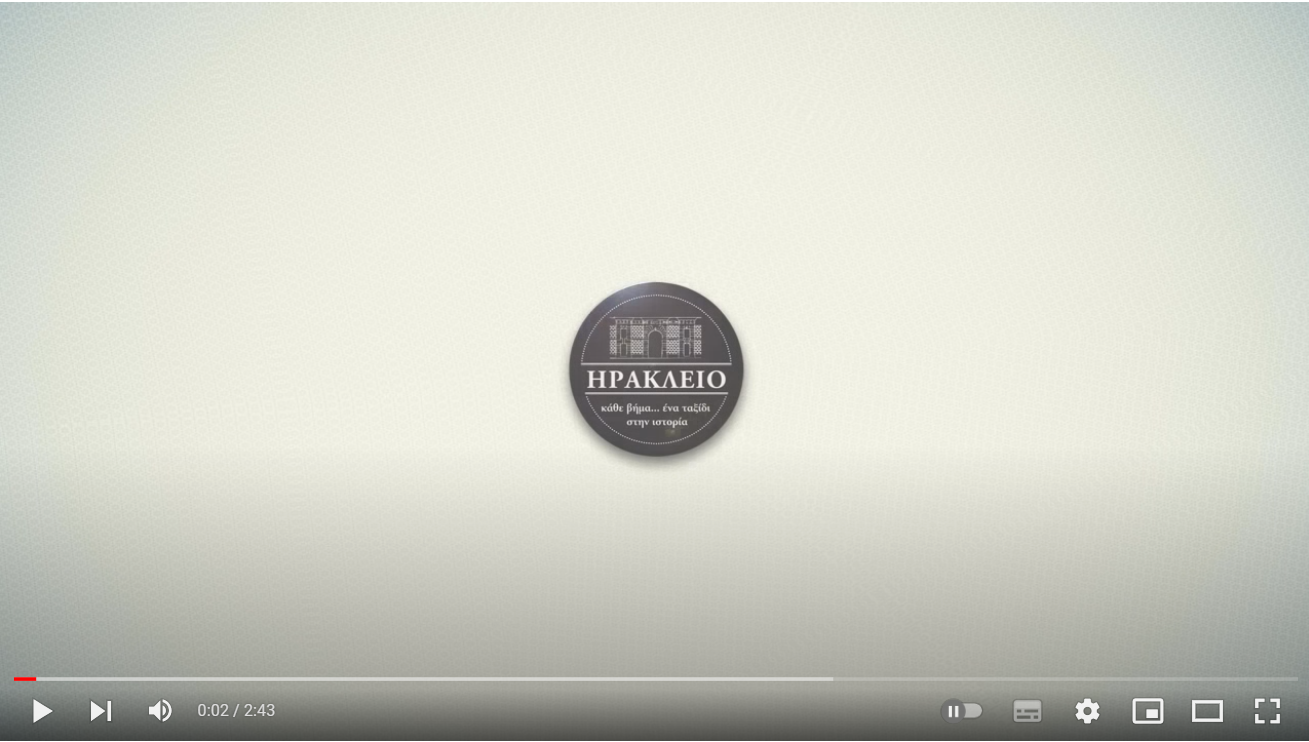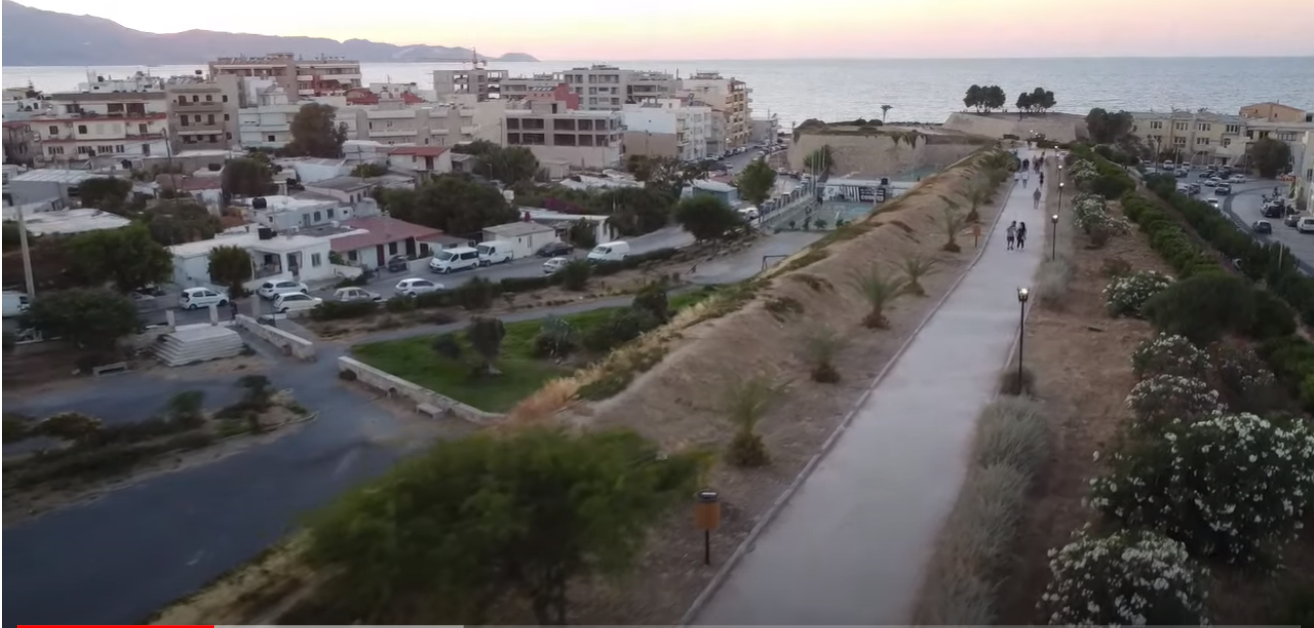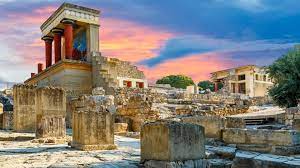Heraklion is located in the island of Crete, on the north coast. The largest city in Crete, it ranks fourth in the country, with a population of nearly 200,000. Built on the north coast of the island overlooking the Cretan Sea, it seems to be protected by its old Venetian walls, the most important monument inherited from the Venetian occupation, which underlines the city’s adventurous past.
History connects the place with antiquity and Europe. It was to Crete, according to Greek mythology, that Zeus, the Father of Gods, brought the beautiful young virgin Europa with whom he had fallen in love. Their romantic union gave birth to their son, Minos, whose name was borrowed by all the subsequent kings of Crete as well as the historic civilization.During the Minoan era, Heraklion was probably the port for Knossos, the cradle of Minoan civilization (2000-1450 B.C.). References to Heraklion were made by ancient historians such as Strabo, who in his writings of the first century A.D. refers to the port of Knossos as Herakleium, obviously so named in honour of Hercules (Heracles) who had come to Crete to capture a wild bull and thus fulfill the seventh of his Twelve Labours.The most important landmarks in the history of the city are the following:
During the 9th century A.D. the Arabs occupied Crete and founded at the site of Heraklion a new city called Rabdh al Khandak (Castle of the ditch); the name Handakas is still used by some of the older residents of Heraklion. In the 10th century the Byzantines took control of the island and managed to stay in power till the beginning of the 13th century. During the 14th century, the city fell into the hands of the Venetians. The Venetian period lasted four and a half centuries and it was a period of great progress for the city in terms of development in areas such as trade and architecture, literature and art. The world-famous painter Dominicos Theotokopoulos (El Greco) was born in Heraklion where he first worked. Many Venetian monuments still exist in Heraklion, such as the old walls which surround the old part of the city, the port fortress (Koules), the Loggia, Morozini’s fountain etc. Following the siege of Heraklion by the Turks (which started in 1648 and lasted for about 25 years) the Venetians were forced to surrender the city to the Turks. Cretans rose in revolt many times against the Ottoman Turks, in 1770, 1821, 1866 and 1895. In 1898 the island of Crete gained its autonomy from the Ottoman Empire and in 1912, it joined Greece.
Everyone who comes to Heraklion arrives knowing the famous museum of Minoan art and culture and the Palace of Knossos. Actually, the Archaeological Museum of Heraklion boasts exhibits from neolithic findings (5,000 B.C.) to Roman remains (4th century A.D.) and it is regarded as one of the best of its kind in the world. There is also a Historical and Ethnographic Museum with exhibits from the post-Roman period of Crete, the Byzantine period, the Venetian and Turkish periods and the Cretan civilization of the 20th century. At the outskirts of Heraklion (5 km from the centre of the city) the reconstructed remains of the famous Knossos Palace are located.For those who love literature, Heraklion is certainly an attraction. It was here where Nikos Kazantzakis, one of the most famous Greek writers of the 20th century, was born, raised and lived for several years. He is buried at a small fortress hill not far from the centre of the city. A place of interest is the museum dedicated to him at the village of Myrtia (15 km from Heraklion).Contemporary Heraklion is a cosmopolitan city, the third port in the country and one of the major Mediterranean harbours. It is linked by sea with Athens (Piraeus), Thessaloniki, the Aegean Islands, Cyprus and Egypt. There are also frequent flights connecting Heraklion with other Greek cities (e.g. Athens, Thessaloniki, Rhodes) throughout the year, as well as direct flights to European Community and Scandinavian destinations for most of the year.A variety of cultural activities with local, European and international dimension and appeal take place in Crete. Art exhibitions, theatre, literary events, international conferences and scientific meetings put their seal on its daily life. Crete’s location (at the cross-roads of East and West) and its mild climate have turned it into one of the major tourist centres of the country.
Brief History
Cookies policy
This website uses cookies that are necessary to its functioning and required to achieve the purposes illustrated in the privacy policy. By accepting this OR scrolling this page OR continuing to browse, you agree to our privacy policy.







